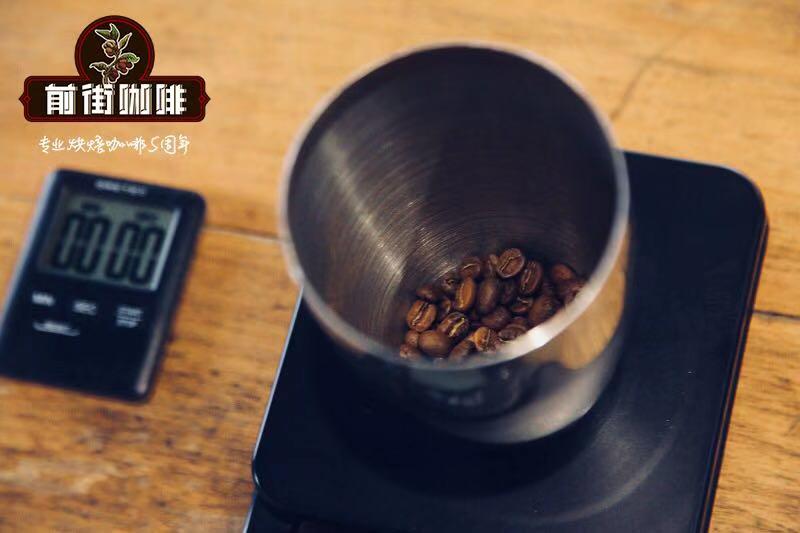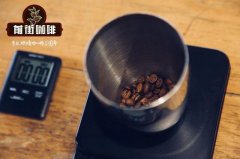Ethiopian Coffee Yega Sheffield Coffee characteristics what kind of beans does Yega Chefe Coffee belong to

Professional coffee knowledge exchange more coffee bean information please follow the coffee workshop (Wechat official account cafe_style)
Qianjie-Ethiopian Coffee introduction
Brazil, Mexico and Indonesia are the largest international coffee producers. But there's nothing like a perfect cup of Ethiopian coffee. Ethiopian Yargacheffe coffee is one of the most popular coffees in the world. The wine is soft-bodied and delicious, making it an ideal drink choice.
History classifies Ethiopia as the birthplace of coffee in 850 AD and Arabica. A young goat herdsman named Kaldi chewed coffee beans and found that his sheep were more energetic and energetic. Kaldi tried coffee beans, noticed the effect, and the world's obsession with coffee began. Yirgacheffe, located in Sidama, is an area where legumes thrive in southern Ethiopia. Thanks to dense vegetation, healthy soil and high-altitude plants, these plants grow naturally. Ethiopia offers a warm and tropical climate, with moderate wet and dry seasons.
Yirgacheffe beans are bright and beautiful. They are ideal for hot and cold brewing. Beans have a faint floral aroma, delicious or moderately roasted. It makes mellow coffee and has a gentle body.
Wet processing began in Ethiopia in the 1970s. Yirgacheffe, Ethiopia, is the birthplace of the first wet processing plant. Wet treatment does not require immediate picking and drying, but requires thorough cleaning. The coffee beans were soaked in a huge bucket immediately after they were picked. After cleaning, put the beans on the rotating bed for 48 to 72 hours. In this way, the whole bean can be dried evenly. Wet processing removes the traditional fermented Yirgacheffe flavor and produces light coffee beans with citrus and floral aromas. Wet processing is a modern method that produces a more consistent flavor.
In short: everything is just for sharing and communication.
END
Important Notice :
前街咖啡 FrontStreet Coffee has moved to new addredd:
FrontStreet Coffee Address: 315,Donghua East Road,GuangZhou
Tel:020 38364473
- Prev

An introduction to the characteristics of Yega Xuefei Coffee in the area of Yega Xuefei
For more information on coffee beans, please follow the front street of Coffee Workshop (Wechat official account cafe_style)-Yegashifi Sun Coffee to learn about naturally processed Ethiopian coffee from the Yargacheffe region, one of the world's most valuable single source coffee sources. There are too many reasons to like African coffee, especially Ethiopian coffee. A
- Next

Description of flavor and taste characteristics of fine Yunnan small-grain coffee bean producing area introduction to the price of Yunnan coffee bean varieties
For more information on coffee beans, please follow the front street of Coffee Workshop (Wechat official account cafe_style). Yunnan Xiaogeli Coffee, which has long been famous for its high-quality tea, is now home to another most popular drink in the world: coffee. Chinese coffee produced in Yunnan accounts for
Related
- Beginners will see the "Coffee pull flower" guide!
- What is the difference between ice blog purified milk and ordinary milk coffee?
- Why is the Philippines the largest producer of crops in Liberia?
- For coffee extraction, should the fine powder be retained?
- How does extracted espresso fill pressed powder? How much strength does it take to press the powder?
- How to make jasmine cold extract coffee? Is the jasmine + latte good?
- Will this little toy really make the coffee taste better? How does Lily Drip affect coffee extraction?
- Will the action of slapping the filter cup also affect coffee extraction?
- What's the difference between powder-to-water ratio and powder-to-liquid ratio?
- What is the Ethiopian local species? What does it have to do with Heirloom native species?

